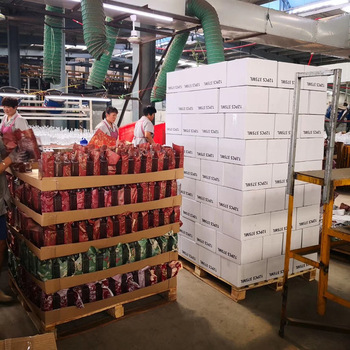Transporting glass bottles, especially in bulk for the wine industry, poses unique challenges due to their fragile nature. To minimize damage during transportation and ensure product integrity, careful planning and execution are crucial. Here are essential strategies for safely transporting glass bottles:
1. Secure Packaging
The first line of defense against breakage is robust packaging. Utilize thick cartons or wooden crates specifically designed for glass bottles. Each bottle should be individually cushioned using bubble wrap or crumpled newspaper. This creates a protective barrier that absorbs shocks during transit. Additionally, layer the bottles with rigid insulation materials, ensuring that they are firmly secured to prevent movement or collisions.
2. Protect Bottle Caps
It’s vital to safeguard the bottle caps to prevent sun exposure and potential product contamination. Prolonged sunlight can damage labels and affect the product’s appearance, while temperature fluctuations can lead to thermal stress and cracking. Consider using protective covers or wrapping for the bottle tops to mitigate these risks.
3. Maintain Stable Temperatures
During transport, avoid drastic temperature changes that can cause thermal expansion or contraction in the glass. This can lead to cracking or other structural issues. Ideally, transport the bottles in temperature-controlled environments to maintain consistent conditions.
4. Ensure Proper Handling
When loading and unloading glass bottles, emphasize careful handling. Train personnel to manage the bottles with care, avoiding any abrupt movements or impacts. Using forklifts or dollies designed for fragile goods can help reduce the risk of accidents.
5. Stable Storage Conditions
Once the bottles reach their destination, store them on flat surfaces to prevent instability. Choose indoor storage to shield the bottles from harsh weather conditions that could lead to deterioration. Ensure that bottles do not come into direct contact with the ground to avoid scratches and impurities.
6. Allow for Ventilation
Maintain adequate space between bottles for ventilation. This is crucial in preventing excessive moisture buildup, which can lead to damage. Proper air circulation ensures that any residual humidity does not compromise the bottles’ integrity.
Conclusion
Effective transportation of glass bottles hinges on meticulous packaging, careful handling, and appropriate storage conditions. By implementing these practices, manufacturers and distributors can significantly reduce the risk of breakage, ensuring that products arrive in pristine condition and maintain their quality for consumers.
Post time: Sep-23-2024

